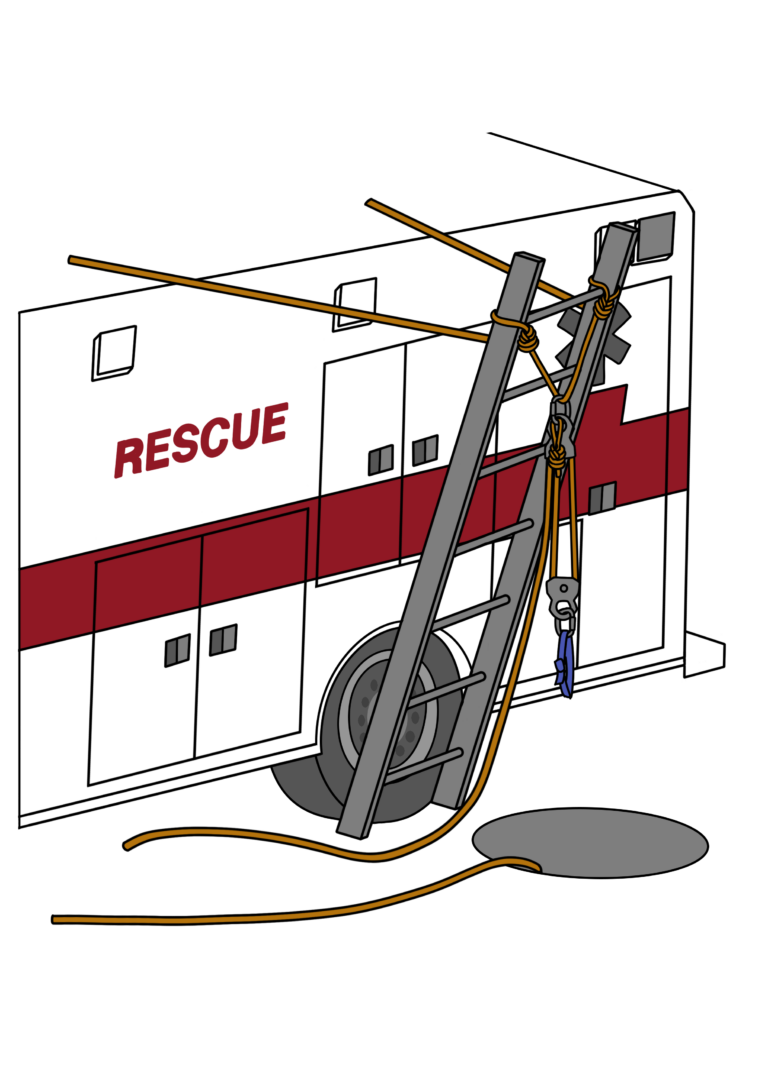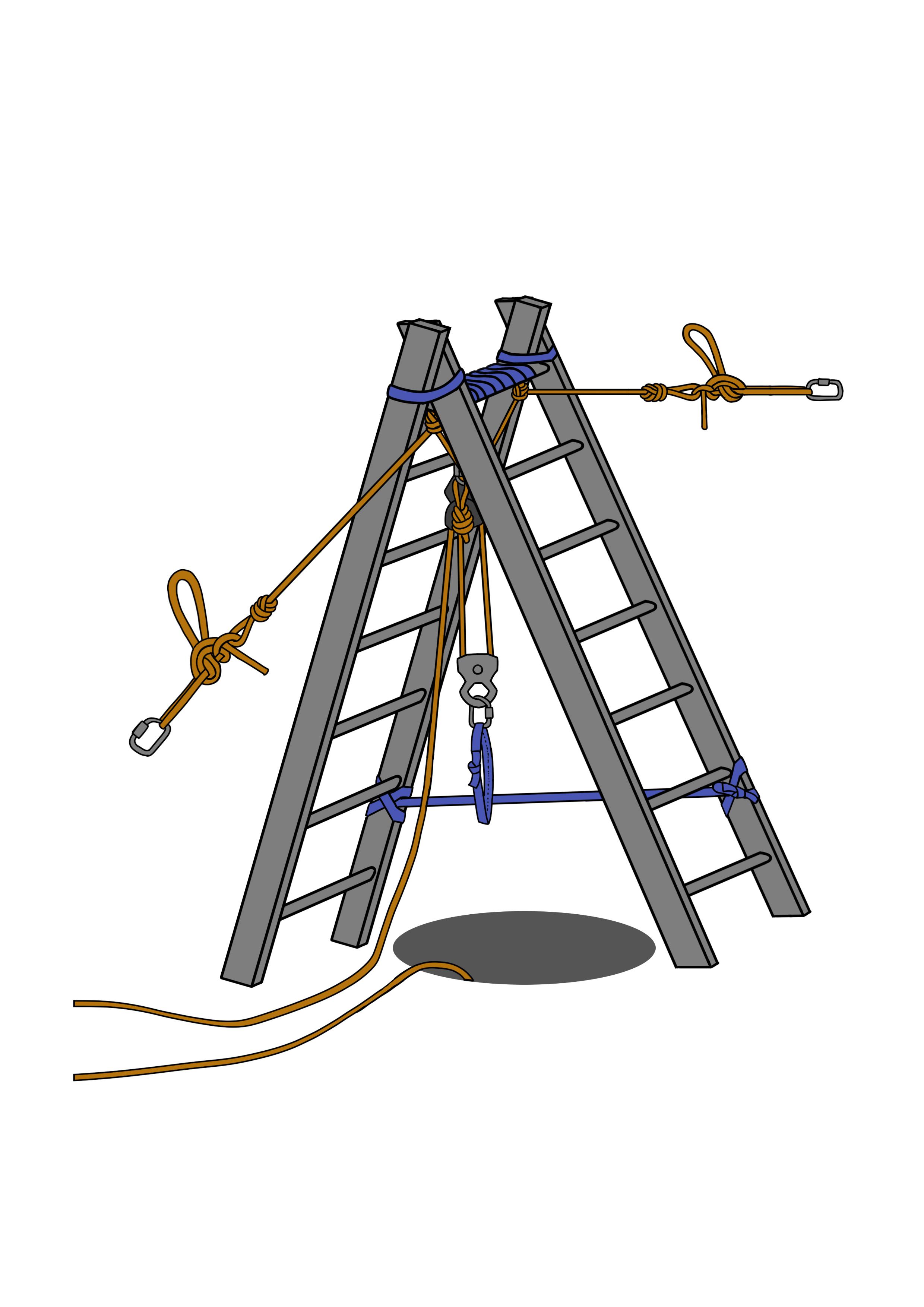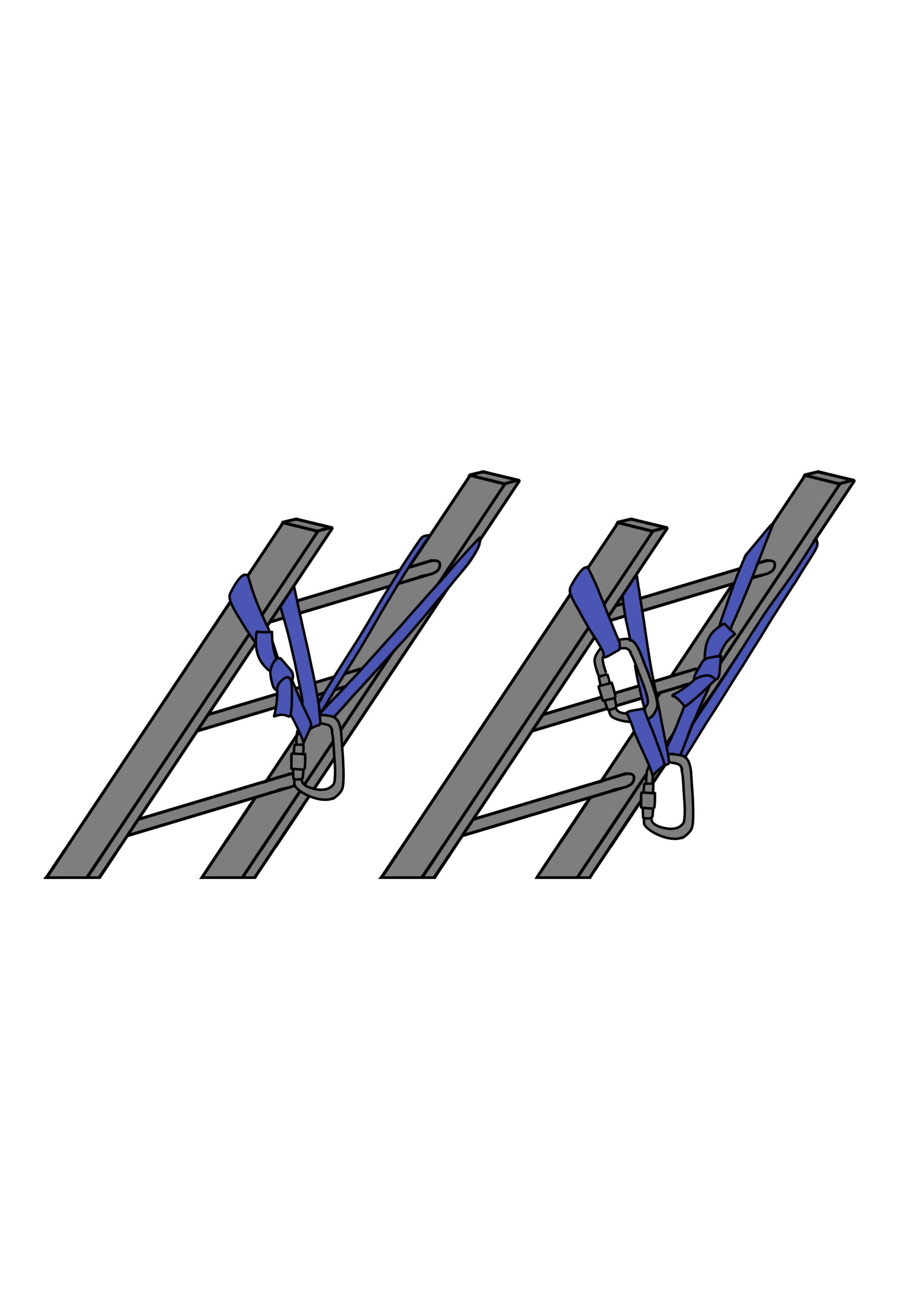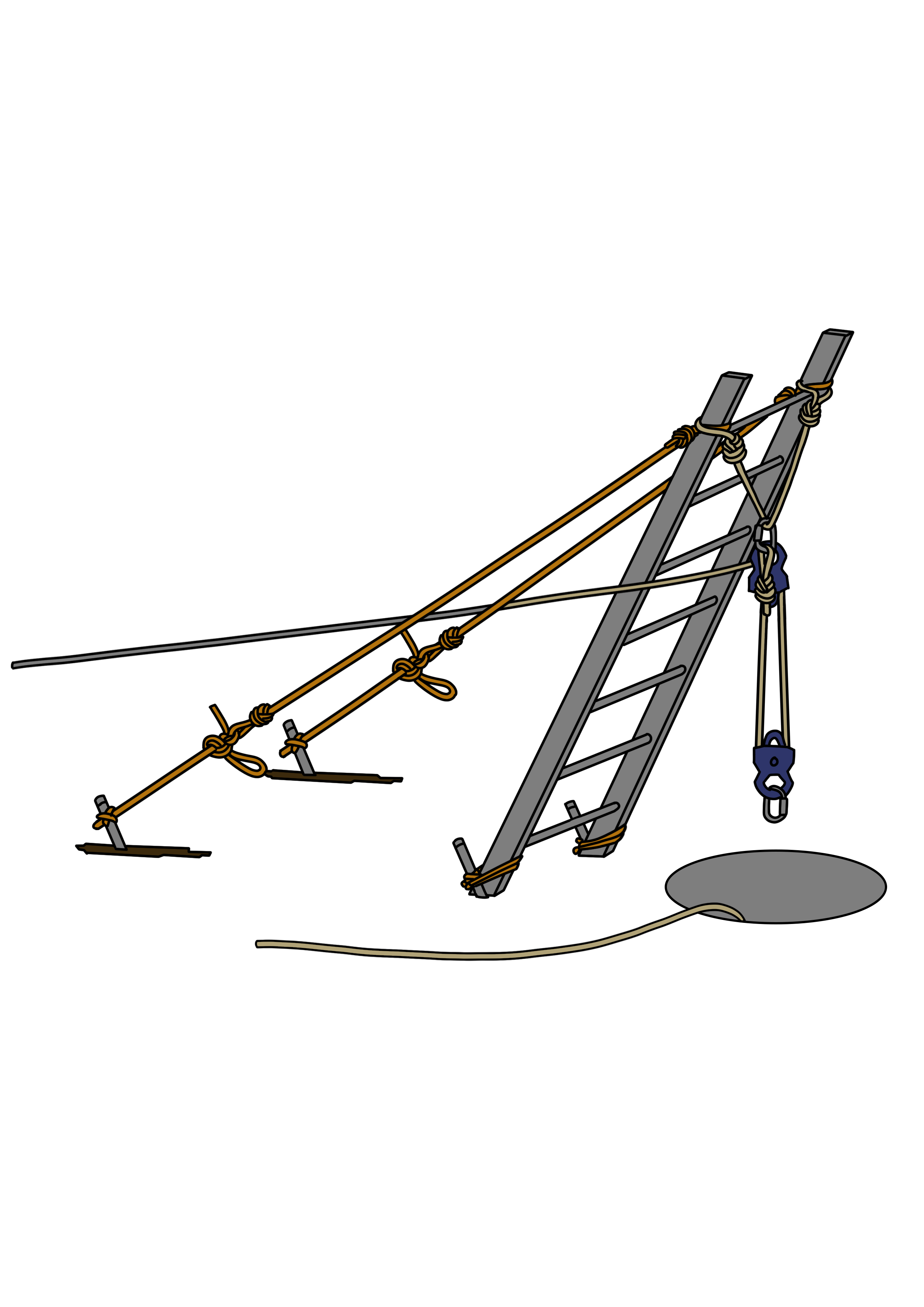Ladder Techniques in Rescue Operations
Ladder Techniques in Rescue Operations: Ladders are among the most versatile tools in rescue operations. They provide access, create structural support, and serve as critical components in complex rigging scenarios. While traditionally seen as a means to scale heights, their role extends far beyond basic ascents and descents. When properly utilized, ladders can be transformed into A-frames, gins, and other mechanical advantage systems, enhancing safety and efficiency in technical rescue operations. These applications align with NFPA 1006: Standard for Technical Rescue Personnel Professional Qualifications, which outlines the competencies required for ladder-based rescue techniques.
Ladder A-Frame Setups
A-frame ladder setups are a fundamental configuration used in rope rescue and confined space operations. By securing two ladders together at the top, rescuers create a stable, freestanding structure capable of supporting loads in vertical and horizontal directions. This technique is especially useful when establishing a high directional for rope operations.
Use Cases:
- Edge Transitions: A-frame ladders provide an elevated point to protect ropes from sharp edges while lowering or raising loads.
- Confined Space Entry/Exit: Used to create an artificial high point for extricating victims from manholes, trenches, or below-grade environments.
- Improvised High Directionals: In locations where natural anchors or tripods are unavailable, ladder A-frames serve as a practical substitute.
Properly securing the base and ensuring adequate stabilization are key considerations in an A-frame setup. Tensioned guy lines and appropriate footing prevent unwanted movement, preserving system integrity under load. NFPA 1006 emphasizes the importance of stability, anchoring, and load calculations when using improvised structures such as ladder A-frames.
Ladder Gin: A Tactical Advantage
A ladder gin is a modified version of the A-frame setup, where a single ladder is used as an inclined monopod. This technique creates a high directional rigging point, allowing rescuers to manage loads more effectively while reducing rope-on-edge friction.
Key Applications:
- Vertical Raises and Lowers: A ladder gin functions as a pivot point, redirecting force to optimize mechanical advantage.
- Cliff or Urban Edge Work: Used to extend the operational reach beyond a ledge or parapet.
- Tower and Industrial Rescues: Provides controlled movement for personnel and equipment in elevated rescue environments.
To construct a stable ladder gin, rescuers must secure the base firmly and use rigging techniques such as back ties and stabilizing lines. The angle of deployment is critical—too steep, and it lacks stability; too shallow, and it loses effectiveness as a directional aid. NFPA 1006 outlines the necessary skill sets for technical rescuers using high directional systems, emphasizing proper setup, load distribution, and fall protection considerations.
Conclusion
Ladder-based rescue techniques extend well beyond basic access. Whether employing an A-frame for confined space entry or leveraging a ladder gin for a high directional system, these applications enhance the safety and efficiency of technical rescue operations. Mastering these methods requires training, careful rigging, and an understanding of load forces. NFPA 1006 serves as a foundational reference for technical rescuers, ensuring compliance with professional qualifications and safety best practices. By integrating ladders strategically, rescue teams expand their capability to navigate complex environments effectively.
Peace on your Days
Lance













